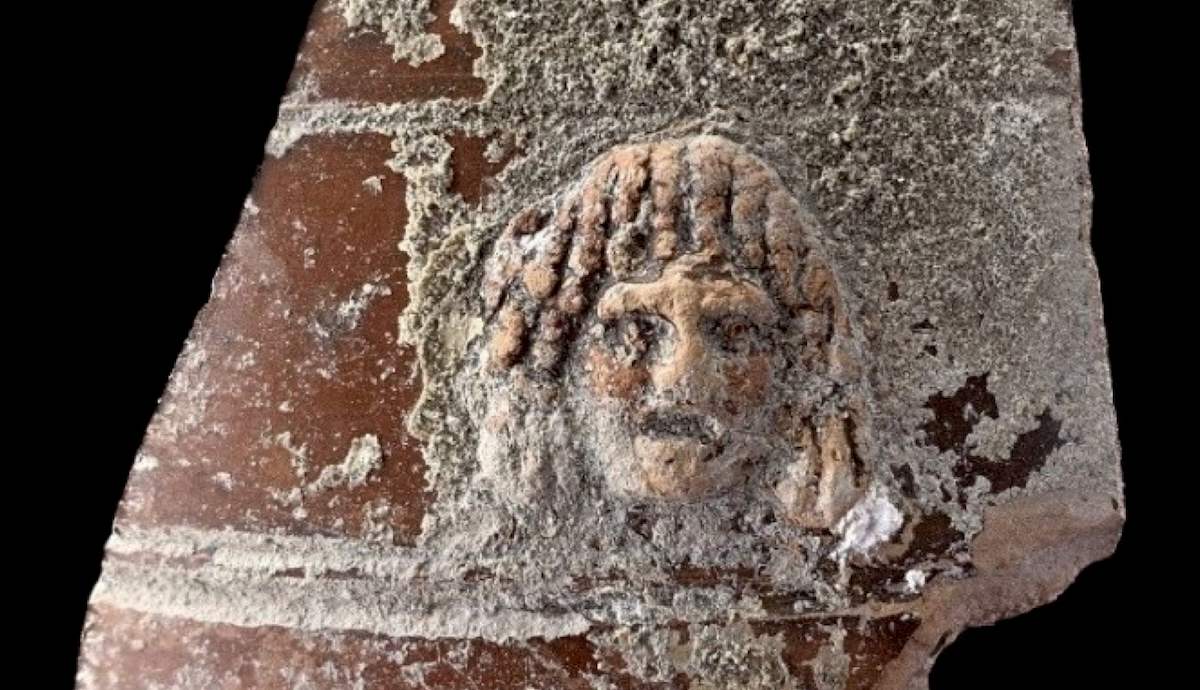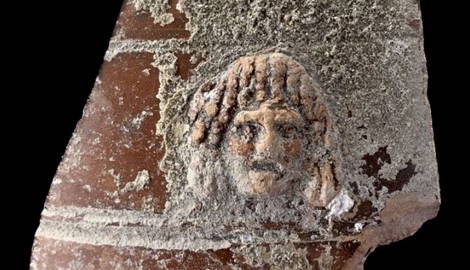
Archaeologists discovered that a Hellenistic-era sculpture workshop was built atop an older residential complex on the Greek island of Paros. The latest excavations at the Floga archaeological site have revealed unfinished sculptures and sculpture fragments made of Parian marble, among them depictions of the goddess Aphrodite.
Sculpture Workshop Dates Back to Hellenistic Period

The Floga archaeological site is located in the village of Parikia on the Greek island of Paros. Research at the site began in the 1980s. Early excavations revealed deposits of Parian marble chips and several unfinished statues in the ruins of three complexes, suggesting ancient artisanal activity in the area.
Archaeologists first determined that residential structures once stood on the site. However, this year’s excavation team at the Floga site, led by Dr. Sofia Detoratou of the Ephorate of Antiquities of the Cyclades, discovered that an important reconfiguration of the area took place between the late 3rd and early 2nd centuries BCE. After long functioning primarily as a residential center, by the start of the Hellenistic period, it evolved into a center for Greek sculpture production.
A recent press release from Greece’s Ministry of Culture details the discovery of several new fragments of Parian marble sculpture, many of which represent Aphrodite. Archaeologists also found a cache of tools and materials used in the sculpture-making process, including clay molds, stamps, pigments, purple dyes, and metal slags.
What Is Hellenistic Sculpture?

The tradition of Greek sculpture dates back to the 8th century BCE, with life-sized marble statues beginning to appear by the early 6th century BCE. First inspired by Egyptian and Near Eastern art, Greek sculpture became increasingly realistic and remarkably lifelike over the centuries. The Greeks began quarrying the fine-grained, pure-white Parian marble on the island of Paros during the Classical period, which began around 500 BCE.
Hellenistic sculpture refers to sculptures created between about 323 and 31 BCE. Its style is characterized by a gradual departure from the idealized forms of the Classical period. Instead, Hellenistic sculpture shifted towards more naturalistic representation and dynamic expression. Artists of the Hellenistic period began exploring a wider range of subjects, including everyday scenes and individualistic portraits. They also began representing gods and heroes in a more naturalistic and energetic way.









